1410, PARKSON, 44-60 ZHONGSHAN ROAD, QINGDAO, CHINA
What is a laod binder?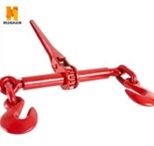
When using transport chains to transport cargo in or on your vehicle, Load Binders are necessary to maintain a secure load. Tie-down chains for cargo securement, without a Load Binder, will not secure cargo in place. Load Binders are strong and durable, are available in a number of styles & load ratings and are sized to match the chain that you are using.
LOAD BINDER TYPE:
Lever Type Load Binders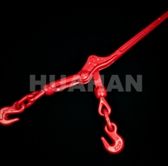
A lever binder is made up of a simple machine, a lever, with a tension hook on each end. The lever is used to increase the force applied to a tie-down. The lever is hinged and takes up the slack by pulling on one end of the tension hook and will lock itself after a 180-degree rotation of the lever around the hinge. Some of the advantages of choosing a lever-type binder include:
Easy installation
Fewer moving parts (less maintenance)
Quick means to secure and release.
Ratchet Type Load Binders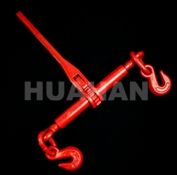
A ratchet binder uses two types of simple machines and has two tension hooks on each end and handle. The handle again serves as a lever plus there is the screw thread. Having both simple machines can multiply the force manually applied to the tie down assembly.
--how to use?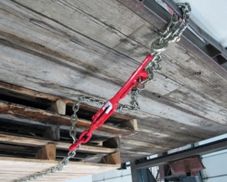
When using a ratchet binder, the lever and screw work together and increase the force manually applied to the tie-down assembly. The result is that it takes much less pulling force on the handle to apply tension than you would need with a lever binder.
Ratchets also allow for slower, steadier loading and unloading of forces. This reduces any undue stress or strain on your body. Since ratchet binders are designed with a gear, handle, pawl and end fittings, they will not store up as much energy in the handle as a lever binder will.
Another advantage of ratchet binders is that take-up is safer. The take-up distance of a ratchet binder is typically eight to ten inches – twice that of a lever binder. While take up with a ratchet binder may take a few extra minutes, it is more controlled and ultimately a safer process.
STEP1
First, turn the pawl to the neutral position so that it is disengaged from the binder gears.
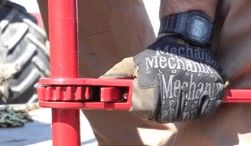
STEP2
Use your hand to unscrew and fully extend the binder hooks. Be sure that you do not exceed the maximum extension length.

STEP3
With your chain connected to the load at a 45 degree angle, attach the binder hooks to the chain while taking up as much slack as possible.
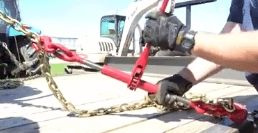
STEP4
Wrap any remaining loose chain around the binder and use the zip tie to secure it into place.

--How to inspected?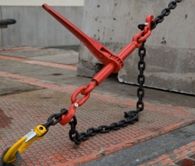
Load binder's should be inspected prior to each use for damage, distortion, cracks, nicks, or wear. Bending of any feature in any plane of more than 10 degrees is cause for removal of the unit from service. Distortion indicates overloading or misuse. This applies to distorted or elongated connecting links also and is cause for removal of the unit from service. If wear of connecting link ends is more than 10% of the original stock, remove unit from service. On lever-type binders, inspect yoke periodically for distortion and make certain it is seated on the pins. Deep nicks and gouges should be smoothed out to relieve stress concentrations providing that the material removed does not exceed 10% of the total material. If distortion, cracks, nicks, or wear affect more than 10% of the stock, the unit should be discarded.
In Conclusion
Both lever binders and ratchet binders work in a similar fashion and should be chosen based 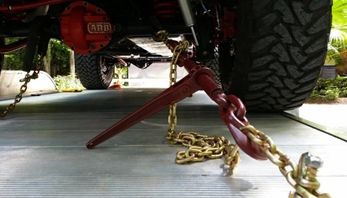 on the preference of the operator. As with any type of load securement gear, safe practices need to be followed, including:
on the preference of the operator. As with any type of load securement gear, safe practices need to be followed, including:
Always wear gloves to maintain a good grip on the binder handle.
Never use cheater bars on the handle in an attempt to increase the tie down tension. Cheater bars can put excessive force on the tie down. This force can be enough to damage or even break the tie down. This energy may be further increased by shifting loads. The stored energy resulting from this force could injure you or someone nearby.
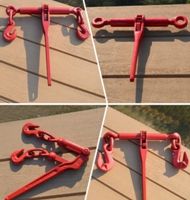 Ensure that the lever binder is fully locked and make sure the load doesn’t shift after it is applied.
Ensure that the lever binder is fully locked and make sure the load doesn’t shift after it is applied.
When releasing lever binders, stay clear of the handle to avoid any potential kickback.
Specifically, on ratchet binders, don’t rush the ratcheting process. Slow and steady is the best way to tension.